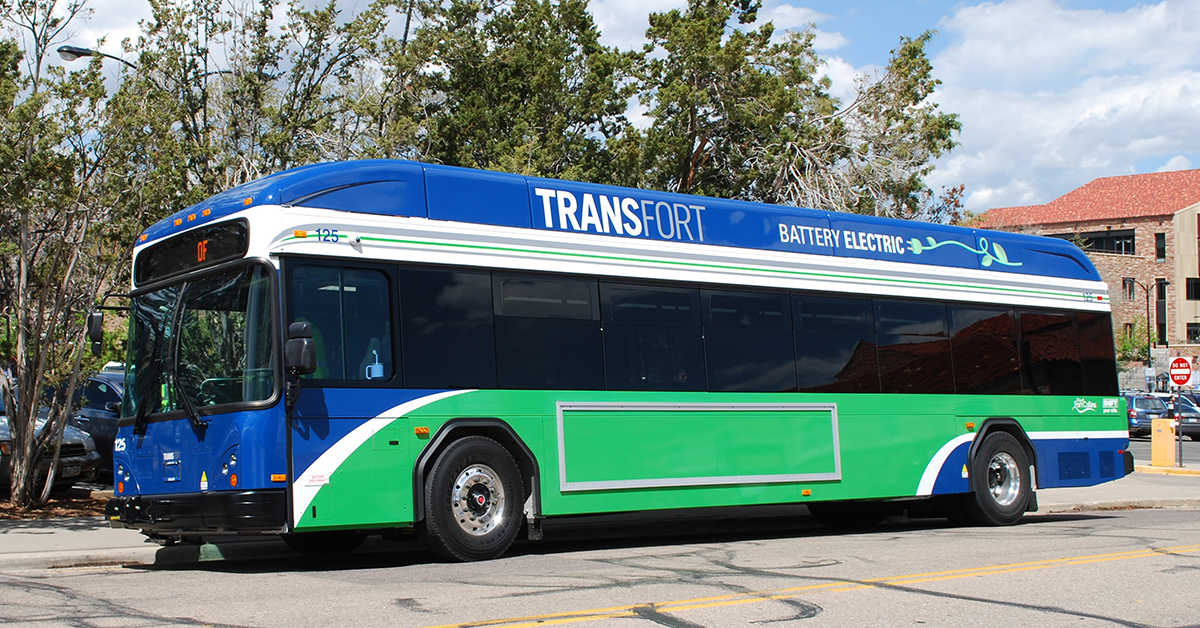
Authored by Daniel Gonzalez
As the Federal Aviation Administration (FAA) Reauthorization Bill makes its way through Congress, leaders in the zero-emission transportation sector ready themselves to support the FAA's goal of a net-zero aviation system by 2050. CTE is hopeful that the Legislation will include an Airport Zero-Emission Transition Planning Pilot Program that enables airports to conduct comprehensive fleet planning for zero-emission ground vehicles and related infrastructure at airports across the US. The Pilot Program would build on airport investment funding in the FAA's Voluntary Airport Low Emissions (VALE) and Airport Zero Emission Vehicle (ZEV) programs, as well as priorities in the Bipartisan Infrastructure Law (BIL), to ensure that the decarbonization of airports happens in a holistic, cost-effective, and collaborative manner.
CTE is a fierce advocate for transition planning in all transportation sectors, and believes this model is ideal for airports to adopt.
Airports represent a large, mostly untapped market for zero-emission ground vehicles and infrastructure. The FAA can best address this issue by developing a Pilot Program that funds the development of transition plans for sample airports varying in size, function, and geography. Fleet Transition Plans result in:
- Identification of suitable clean technologies based on fleet requirements
- Accurate predictions of impacts on service and operations
- Coordinated infrastructure deployment
- Minimized costs associated with full fleet electrification
- Proper management of assets based on feasibility
- Strong relationships with utility and key stakeholders
- Identification of risks and challenges before they arise
When taken together, the completed Pilot Program plans will point towards a standard for zero-emission transition planning at airports. The Pilot program will ultimately provide a universal blueprint for how these transition plans should be developed, maintained, and executed at airports across the country.
Other public funding agencies have already recognized transition planning as the cornerstone of successful zero-emission vehicle deployment programs. The Federal Transit Administration (FTA) requires operators to complete proper transition plans to be eligible for funding from the Low and No Emissions Bus (Low-No) program. The California Air Resources Board (CARB) also requires transition planning as part of its Innovative Clean Transit regulations.
Incorporating support for completing comprehensive zero-emission fleet transition plans in the FAA Reauthorization Bill is a crucial opportunity. By funding an Airport Zero-Emission Transition Planning Pilot Program, we can leverage valuable insights from successful fleet transition planning in other transportation sectors and create a standardized framework for implementing zero-emission technologies at airports. These plans will maximize the effectiveness of existing FAA programs, minimize costs, and accelerate the decarbonization of airports, leading to a sustainable aviation industry.





